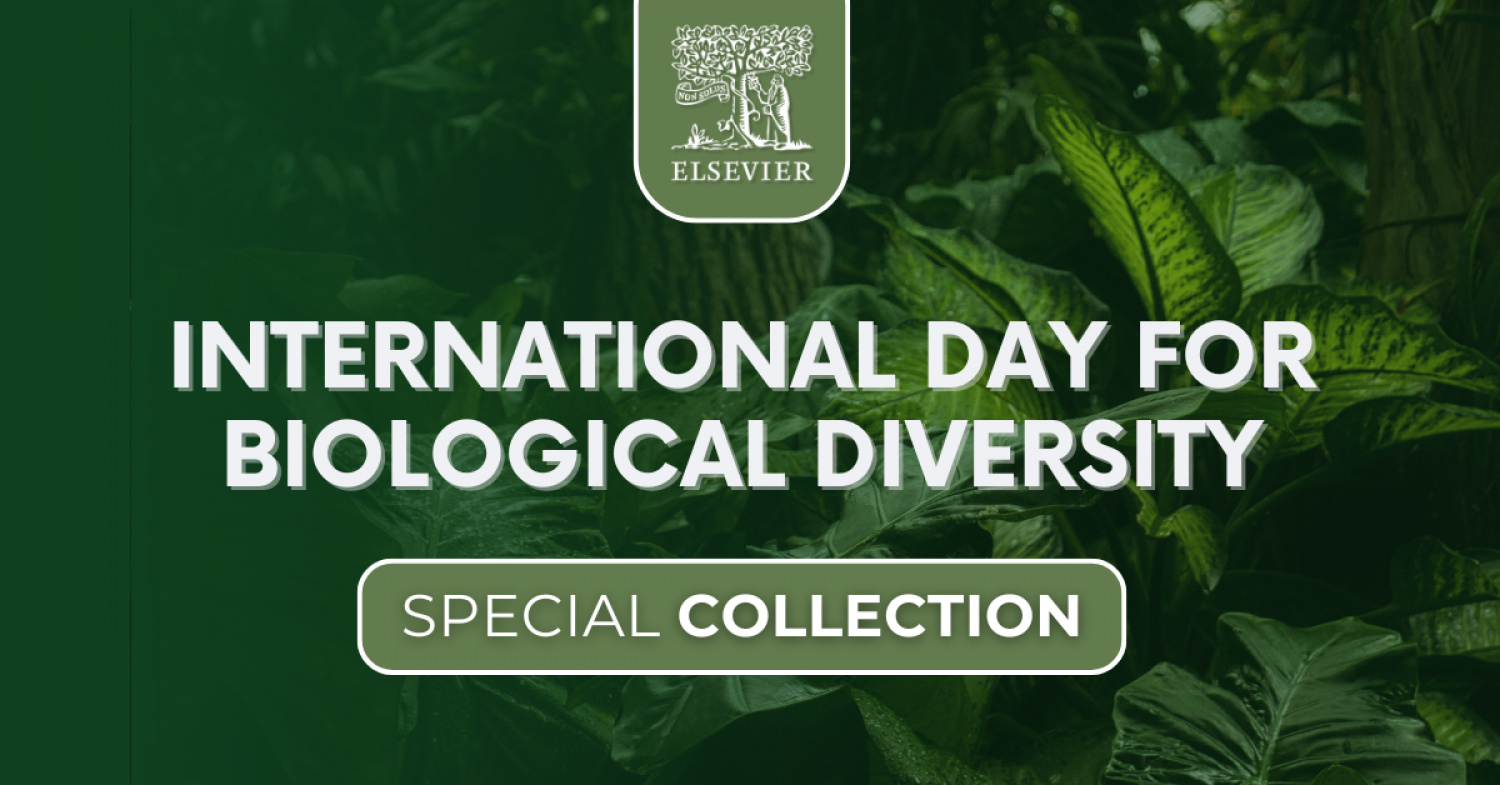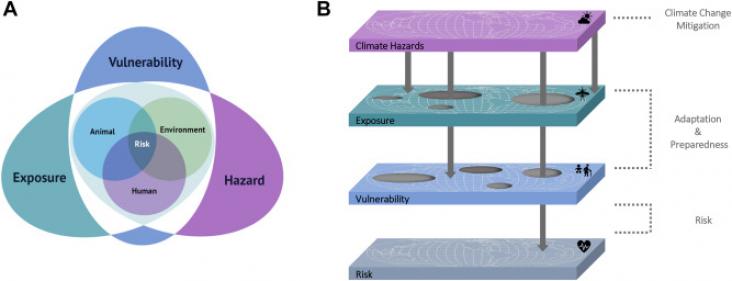
Today’s International Day for Biodiversity highlights the importance and value of biodiversity and aims to raise awareness of biodiversity issues. To mark the occasion Elsevier has curated a special collection of journal articles and book chapters. Explore articles relating to topics such as Biodiversity for ecosystem services, the role of citizen science in biodiversity monitoring and mountain biodiversity.
Encyclopedia of Biodiversity, Third Edition, 2024, pp 152-166
Encyclopedia of Biodiversity, Third Edition, 2024, pp 674-689
Imperiled: The Encyclopedia of Conservation, 2022, pp 46-54
Biological Invasions and Global Insect Decline, 2024, pp 291-314
Dynamic Aquaria, Fourth Edition: Building and Restoring Ecosystems and the Biosphere, 2024, pp 167-180
Snow Leopards, Second Edition, 2024, pp 309-321
Managing Urban Rivers: From Planning to Practice, 2024, pp 109-130
Soil Microbiology, Ecology and Biochemistry, Fifth Edition, 2024, pp 131-159
Wetzel's Limnology, Fourth Edition: Lake and River Ecosystems, 2024, pp 859-892
Global Ecology and Conservation, Volume 52, August 2024
One Earth, Volume 7, 19 April 2024
The Lancet Planetary Health, Volume 8, April 2024
eClinicalMedicine, Volume 70, April 2024
One Earth, Volume 7, 15 March 2024
The Lancet Planetary Health, Volume 8, March 2024
One Earth, Volume 7, 16 February 2024
One Earth, Volume 7, 19 January 2024
Forensic Science International: Animals and Environments, Volume 3, December 2023
One Earth, Volume 6, 17 November 2023
One Earth, Volume 6, 17 November 2023
Acta Biomaterialia, Volume 171, November 2023
One Earth, Volume 6, 20 October 2023
The Lancet Planetary Health, Volume 7, October 2023
The Lancet, Volume 402, 1 July 2023
Forensic Science International: Animals and Environments, Volume 2, December 2022
Forensic Science International: Animals and Environments, Volume 1, November 2021
Safeguarding Mountain Social-Ecological Systems, A Global Challenge: Facing Emerging Risks, Adapting to Changing Environments and Building Transformative Resilience in Mountain Regions Worldwide, 2024, pp 11-15
Unraveling Environmental Disasters, Second Edition, 2024, pp 469-509
Biological Conservation, Volume 292, April 2024
Biological Conservation, Volume 292, April 2024
Trends in Immunology, Volume 45, March 2024
Biological Conservation, Volume 291, March 2024
One Earth, Volume 7, 16 February 2024
Materials Today, Volume 72, 1 January 2024
One Earth, Volume 6, 15 September 2023

